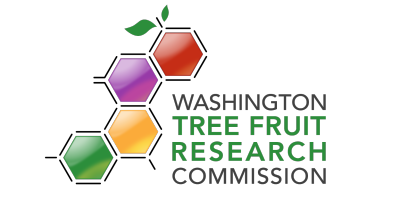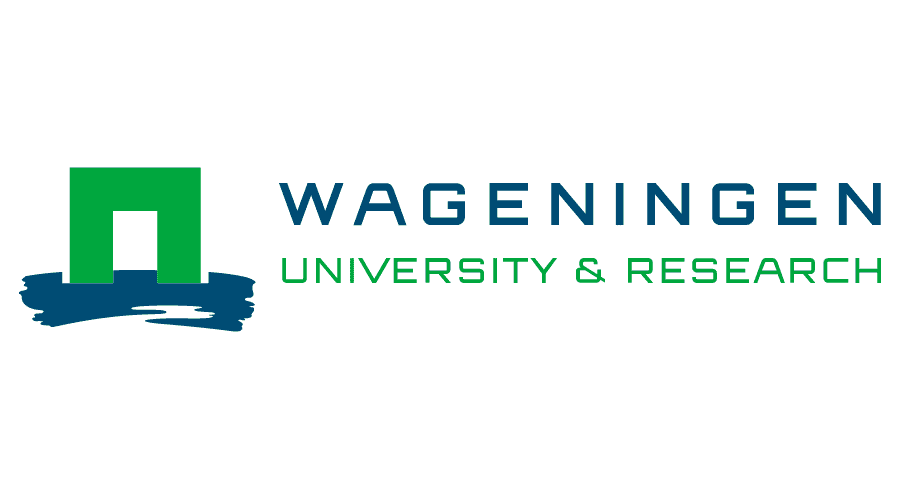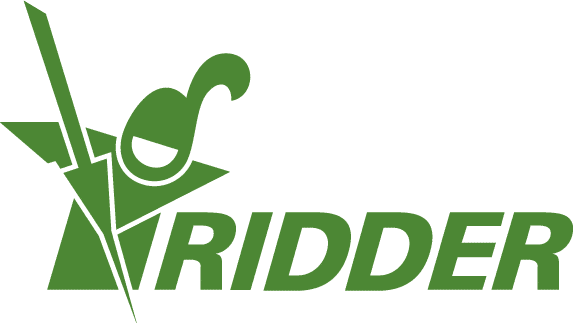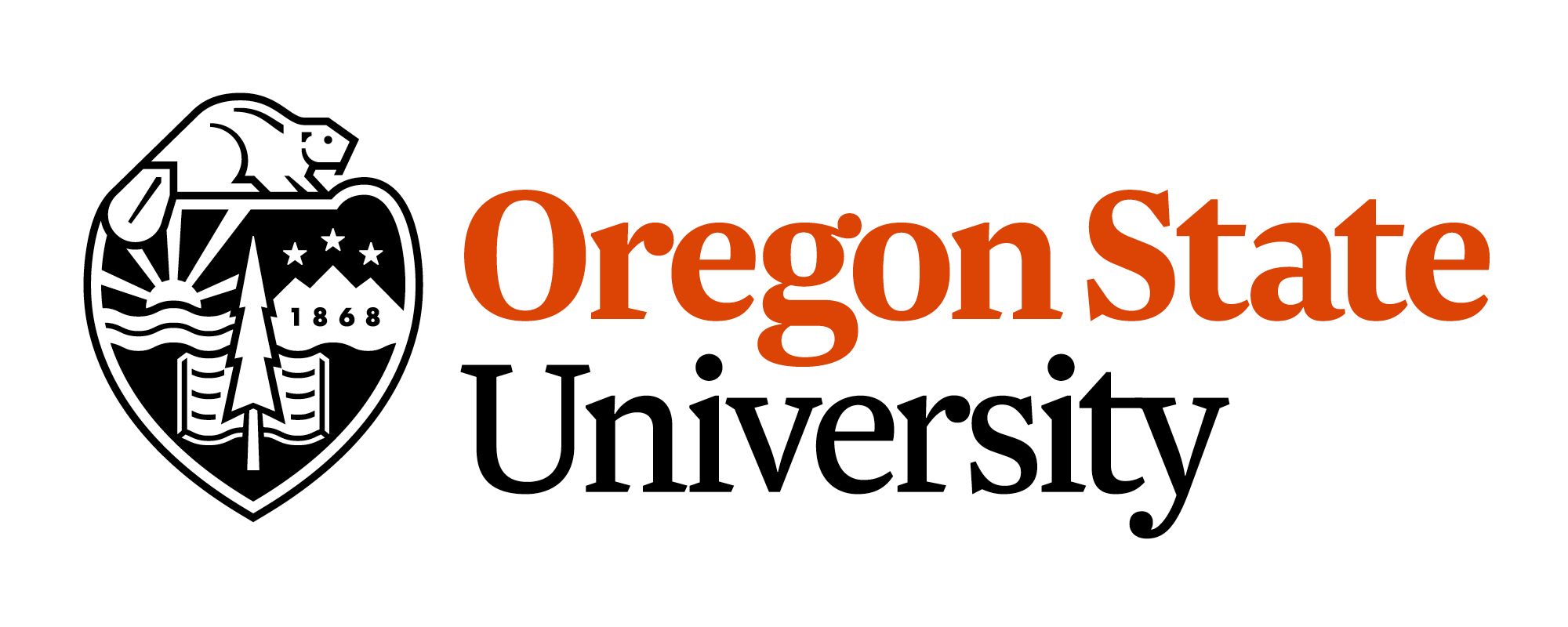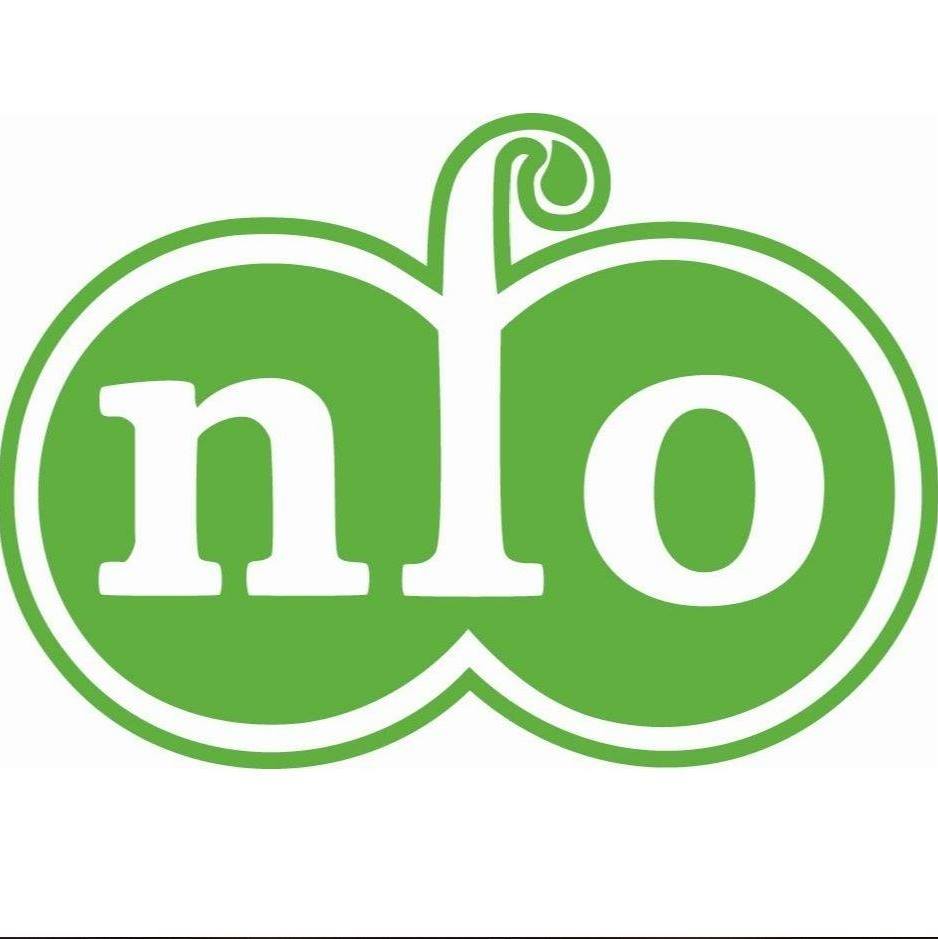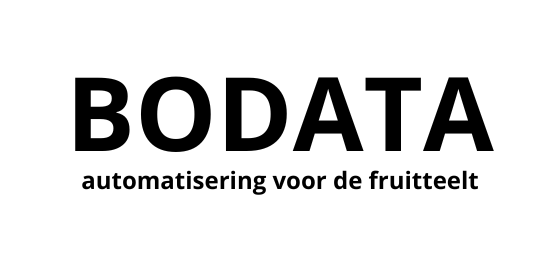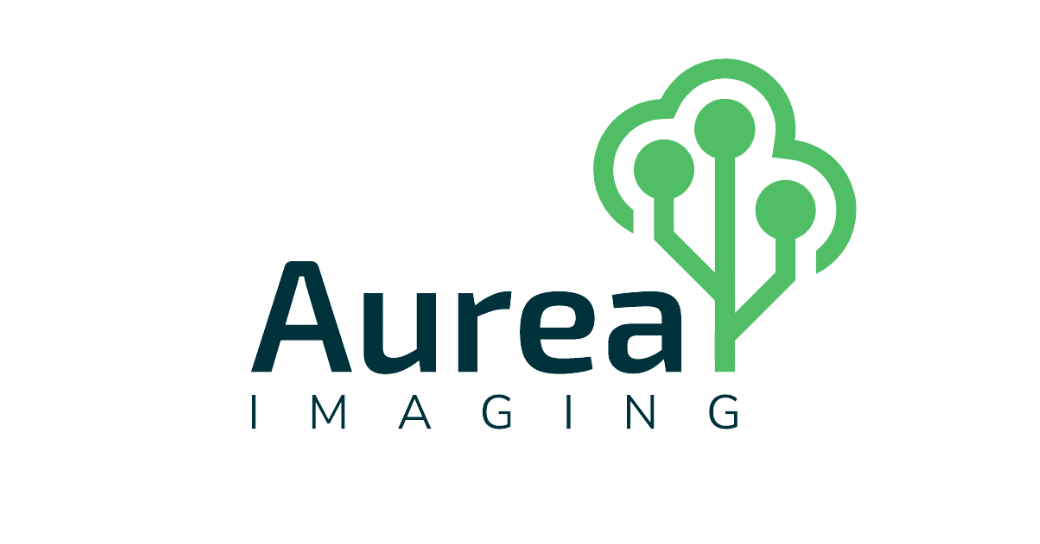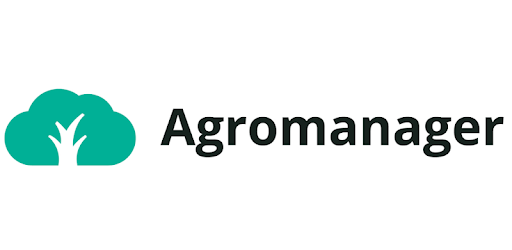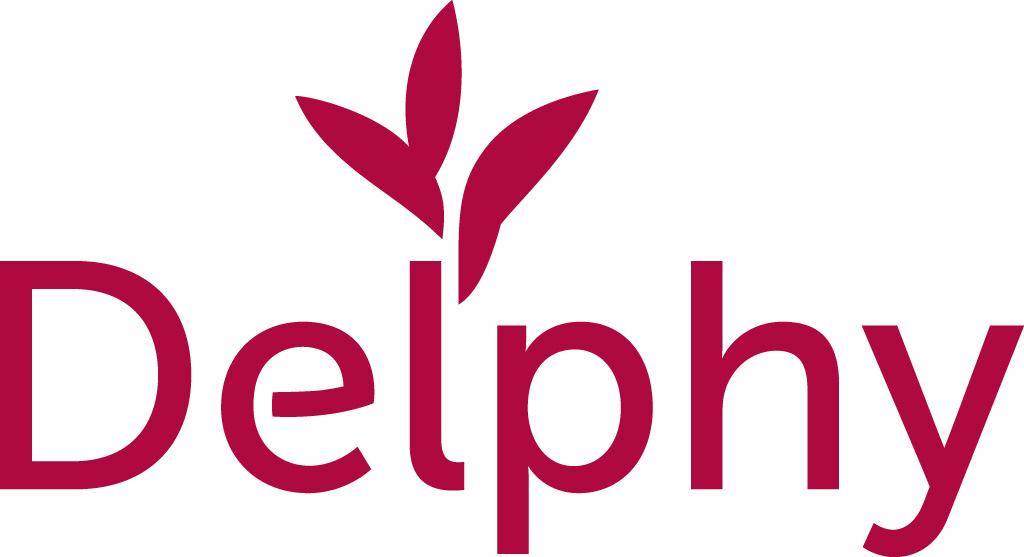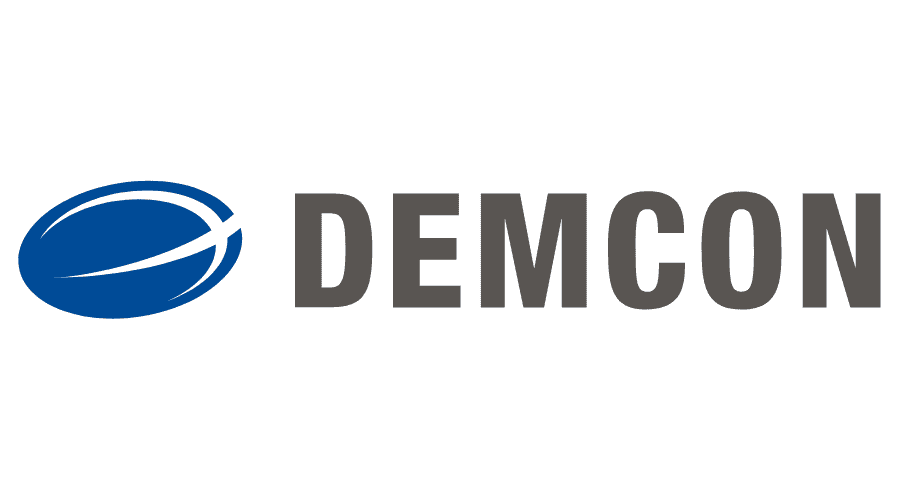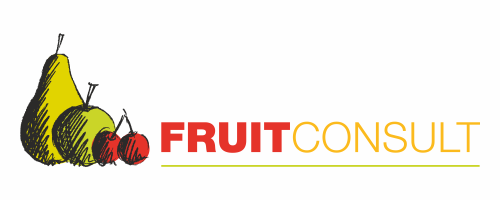In the Crop & Quality Management Work Package of The Next Fruit 4.0-project, the team focuses on making data applicable to the real-life operations of fruit farming. The objective is to create a clear and convenient data dashboard that fruit growers can use to focus more effectively on optimal production and optimal quality. One of the topics the team focuses on is storage bin photography.
Storage bin photography and image processing
By taking photos of storage bins at harvest and having these images automatically analyzed, information about the size and quality of a batch of fruit can be gathered very early in the chain. Normally, this information does not become available until sorting.
This work package focuses on two applications to enable this before entry of the fruit for storage:
- Automation of photography by means of a portal
- Image processing of collected images for the purpose of quality measurement
Automatic photo portal for picking trains
Since there is little time during harvest to photograph each storage bin manually, the idea was conceived to drive a picking train under a portal where photos could be taken automatically. Then, by linking the photo via an RFID chip to this storage bin, the picture for the total batch will quickly become clear in the future.
In this past harvest period, an experimental setup was tested at Proeftuin Randwijk. When a storage bin passes under the camera, a photo is automatically taken and the RFID chip is scanned. For consistent photo quality, the portal was shielded from daylight and artificially illuminated with construction lamps. To minimize motion blur in the photo, the picking train had to pass in the lowest gear. Integration with RFID stickers proved to work very well. There are a few issues that still need attention, such as fruit glare and color correction.
Image processing of storage bin photos
Within the project, WUR is developing image processing that initially determines graduation of the fruit from photos of the storage bin. In subsequent steps, other quality aspects can also be analyzed, such as fruit shape, color, and defects.
For size measurement, in addition to the contour of the pear to be detected, additional specific points in the shape are now also detected. This concerns the stalk and nose position and the widest point of the fruit to determine the diameter.
Several steps are required for validation of the data. The first step is to determine how reliable the size measurement is for the detected pears, and then to determine how well this size measurement corresponds to the entire storage bin or batch.
The image processing model is being run on a trial basis at Bodata. The objective is to compile the information collected into a quality report. Subsequently, linking of the image processing results will be prepared with Agromanager.
We are currently discussing with the consortium partners how the analyses can be incorporated into real-life practice. This includes preparations for market introduction.
By Pieter van Dalfsen (WUR)








